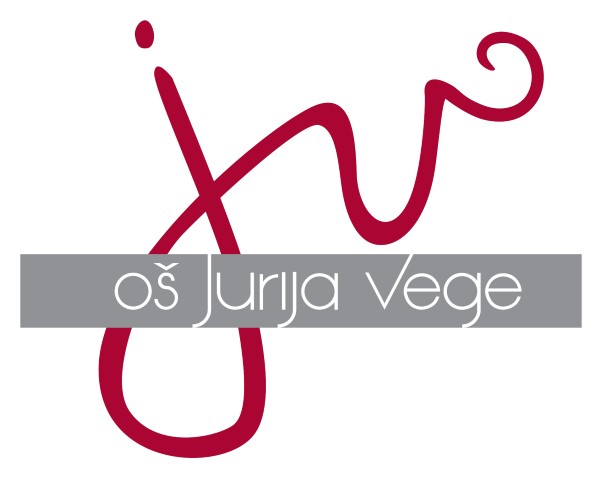TRADITIONAL ‘OLD TIME’ KIDS GAMES
Slovene traditional games are old games, played already by our grandparents and great grandparents. They were passed over from generation to generation. Their origin is mostly mythical and connected to every day life occupations. Most games used to be played outdoors. Traditional games are simple and easy to learn. They often include singing and dancing. Their equipment is natural, simple and easily obtained.
Children from our folklore group with their teacher Marija Gotar regularly play traditional games. For our Comenius friends from abroad we chose four games, which we recorded and are presented below, along with the instructions. They will also be presented on the project meeting in Poland.
TIČA VAGA
Children stand together, leaned down and holding each other on the upper hand side. Their hands are all mixed. Together they start lifting their hands, saying: ‘Tiča vaga, tiča vaga.’ With their hands up they suddenly call “sh sh sh sh”, get loose of each other, turn around quickly, and search for each others’ hands again.
This game used to be played outside and it represents birds in the tree which suddenly get scared away, but quickly find their way back.
{youtube}8vZTVWpX6i4{/youtube}
THROWING STARS
One child is selected to be ‘a star thrower’; other children represent ‘stars’. The star thrower pulls the stars’ stretched hands one by one and throws them ‘in the sky’. The stars have to keep in the position in which they have been thrown until no one is left. Now the star thrower chooses the most amazing (the most interesting or the funniest) ‘star’ which will continue the game.
{youtube}NVur7NMipJ0{/youtube}
WHO’S GOT THE RING
For this game we need a ring or a stone. With a counting out rhyme two children are selected to start the game. Other children stand in a circle with their palms together. One of the chosen children (muc = the cat) turns his back the other players. The other child goes around the circle, stops at each player, saying: ‘Here’s the ring. Hide it well.’ He continues around the circle, dropping the ring in the hands of one player. Now the children in the ring call the first child ‘muc muc muc’. He comes in the middle of the circle and tries to guess who has got the ring. If he guesses right, he gets the ring and continues the game. The child who was hiding the ring is the next to guess. (Or two other children are chosen with a counting out rhyme.)
{youtube}ShzL1FPgLiw{/youtube}
THE WALNUT IS OURS
This game consists of two parts.
For the game we need as many stones (or walnuts) as there are children.
1st part:
The children sit on the floor in a circle and the stones are placed in the middle. One child is selected to stand up and walk around the circle. Other children sing: “The walnut is ours, the walnut is ours…’ Then the child who walks around touches another child on the back and runs. The other child quickly stands up and starts running in the opposite direction. Other children call laud and fast: “The walnut is ours, the walnut is ours…” The faster child sits on the empty space in the circle, grabs one of the stones and says: “I’ve got it.” The slower child continues the game until all children get one stone.
{youtube}XEkszReIj1U{/youtube}
2nd part:
The children continue sitting in a circle and place their stones in front of them on the floor. They start singing a song: “Do not go to school, you little bici buc, take it, hold it, if not you’ll get a smack.” While singing, the children pass on the stones in a rhythm. They may only pass one stone at a time. Those who can’t cope with the rhythm, have to leave the circle, but keep singing to encourage their friends still in the circle. At each beginning of the song the children lift their hands. They sing faster and faster. The game is over when there is only one child left in the circle.
{youtube}qfWELwGSOWY{/youtube}
(C) Andreja Vavpetič & Zdenka Wicher



